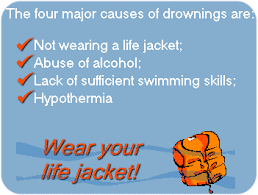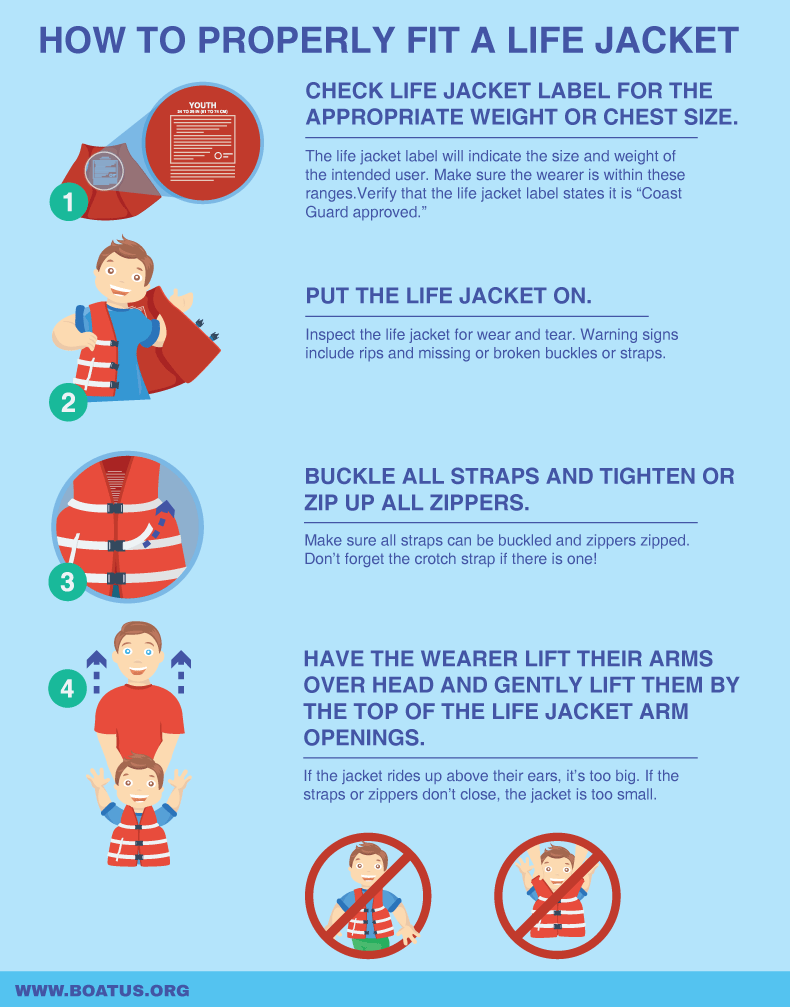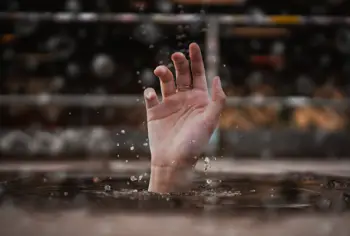Ever wonder if you can drown with a life jacket on? Well, it’s not that simple of a question to answer. It depends on the type of life jacket and how the weather condition is when the person falls overboard. In general, though, most people will survive without incident as long as they don’t panic while wearing a properly fitted lifejacket.

Can you drown with a life jacket?
If you are wearing a life jacket that has an inflatable collar, then there’s nothing to worry about as this will keep your head out of the water. This means that if you were ever in danger and fell into the water with your life jacket on, all you would need to do is stand up again and everything would be fine. There are other factors at play too though so it’s worth reading through our article for more information.

Some people have drowned while wearing their life jackets because of poor weather conditions and other factors that make it difficult to stay afloat. However, there are steps you can take to prevent this from happening such as staying clear of areas with heavy rough seas.
You should always remember that you shouldn’t rely on your life jacket to work alone. Always stay with a buddy and make sure that both of you are wearing a life jacket as well.
If you’ve ever wondered if it’s possible to drown while wearing a life jacket, the answer is yes. There are certain instances where this could happen but in most cases, things will work out fine.
Follow the safety tips while wearing a lifejacket

Drowning happens when a person can’t keep their head above water. It’s important to know that this can occur even with the use of modern life jackets which inflate and keep your head out of the water automatically. Try to lift your head out of the water and breathe when you feel like you’re about to go underwater.
Clear your lungs by exhaling or coughing forcefully. Maintain your cool and stay still until you have regained control of breathing again.
Keep your airway clear. It is not uncommon for small amounts of water to get trapped in the airway, especially if you are lying on your back. If you’re not sure if your airway is clear, try to cough or suck water out.
Properly done your life jacket should be comfortable and make you safe while afloat. If your life jacket comes off or if there are any other factors that could compromise the integrity of it, then this will cause problems for you.
The most important reason why drowning with a life jacket on is possible is because people don’t know how to use them properly or because they don’t use them at all.
It is never a good idea to use your life jacket as a seat cushion.
Stuff in your pockets or wet clothes can weigh you down and compromise the integrity of the jacket. So check buoyancy regularly and make sure you have a PFD that fits well. If your clothing becomes heavy with water, then you will have a hard time keeping afloat and staying warm enough to survive.
Some people have drowned while wearing their life jackets because of weather conditions. If you’re in the water and there are high winds, rough seas or dangerous weather, then this could be a problem for you. Stay clear of areas like these when possible.
If your life jacket is old or damaged, fix it as soon as possible! If a PFD doesn’t provide enough floatation then keep as the light of a load as you can manage so that there’s room for more air in the jacket.
It is best to stay with your buddy and wear a life jacket as well if you plan on going out on the water.
Coldwater can cause your body to shut down at a faster rate than you can manage. Even, a good life jacket will not be able to keep you alive forever. If you are going to be out there in cold temperatures, make sure that you have other survival gear with you too such as a waterproof bag or blanket and extra dry clothes.
Conclusion
A life jacket can be the difference between staying afloat and sinking to the bottom of a lake, river, or ocean. The buoyancy provided by this type of product is strong enough to lift you up in choppy water so that your head stays above water. However, there are certain requirements for approval from the U.S. Coast Guard and other organizations to ensure the safety of the user. Always check to see if your jacket is approved before you decide to buy.
